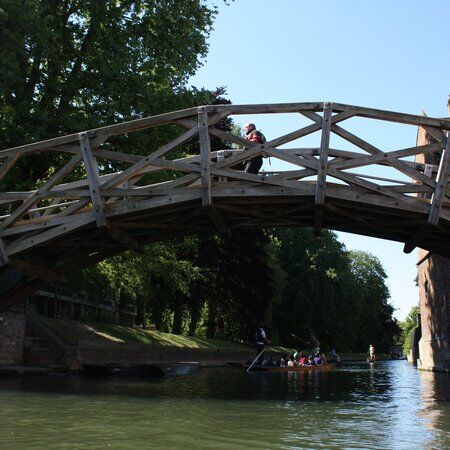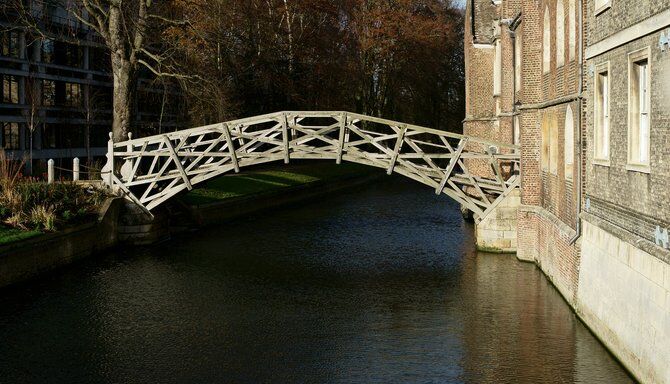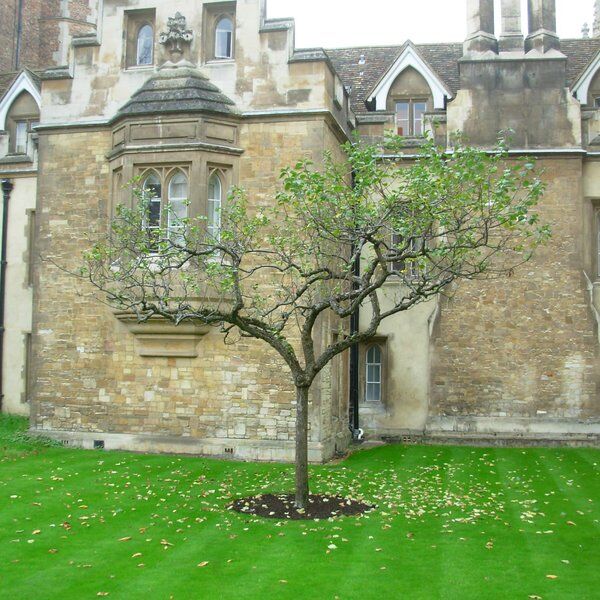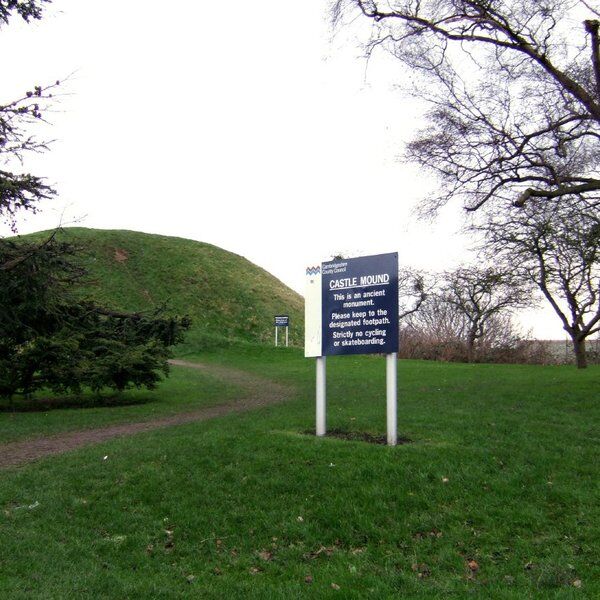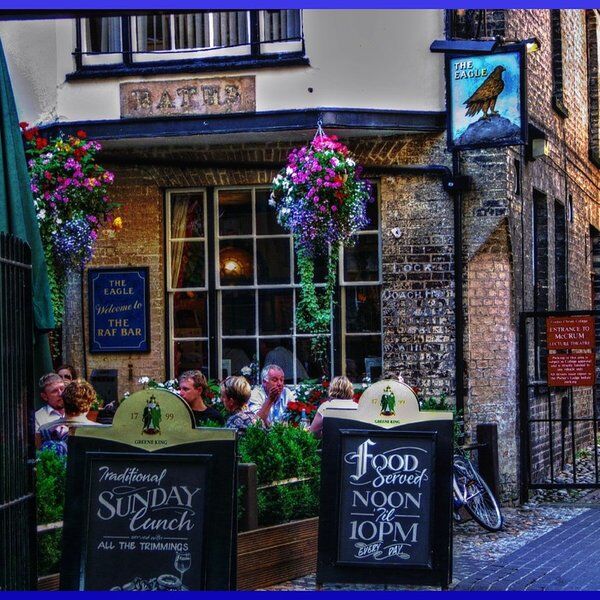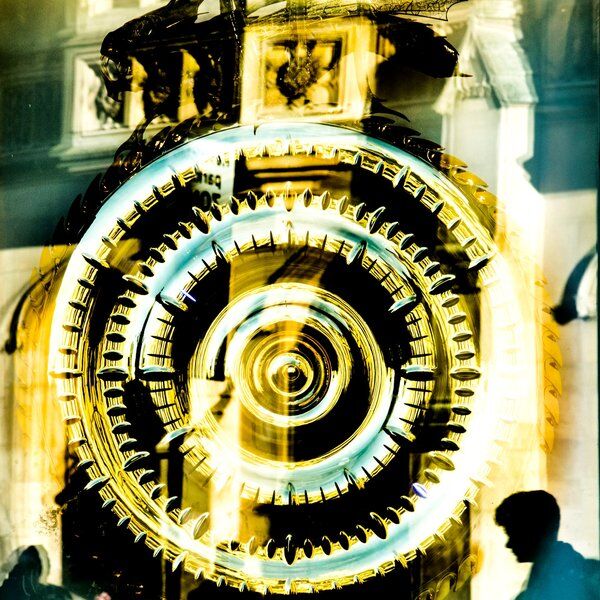Discover Cambridge's Mathematical Bridge
Cambridge, a city renowned for its academic prowess, is home to a hidden gem that bridges the worlds of mathematics and architecture – the Mathematical Bridge.
In the southwest of central Cambridge, the Mathematical Bridge is a wooden footbridge that initially stood near Trinity and Trinity Hall colleges. Over time, it was relocated to connect the two sections of Queens' College; the old Tudor part and the newer Erasmus buildings.
Today, visitors can access the Mathematical Bridge from the porter's lodge on Silver Street for a nominal fee of £3.50. The bridge is surrounded by numerous myths, adding an intriguing layer to its well-documented history.
Myths surrounding Mathematical Bridge
As with many grand historical structures, the Mathematical Bridge is not immune to the embellishments of folklore.
Sir Isaac Newton's Influence
One myth suggests that the bridge was designed by Sir Isaac Newton, and its assembly relies solely on the principle of gravity. The myth that the bridge was designed by Sir Isaac Newton gained popularity in the 19th century, with references to "Newton's Bridge" appearing in accounts by visitors.
However, this claim is easily disproved by comparing the relevant dates – Newton died in 1727, and the bridge was built in 1749. The origin of this myth remains unclear, but it might be linked to the bridge's association with mathematical principles.
Whilst this link to Sir Isaac Newton is a proven myth there are other landmarks across Cambridge that are fact, take a look at Newton’s Apple Tree for example!
Built Without Fastenings
A persistent myth surrounding the Mathematical Bridge suggests that it was originally constructed without any fastenings at the joints. However, historical records, including photographs dating back to the 1850s, clearly show the presence of fastenings. The misbelief likely arose from the 1905 renovations when more visible coach bolts were added to the bridge, leading to the false notion that previously there were none.
A Visit to China
A false claim suggests that the bridge's designer, William Etheridge, visited China, influencing the design. However, there is no documented evidence of such a visit. This myth likely emerged to add a touch of exoticism to the bridge's origin. While 18th-century English bridges often incorporated Palladian or Chinese styles, the Mathematical Bridge's tangent-and-radial truss design deviates from these ideals.
Similarity to Leonardo da Vinci's Design
A more recent myth from around 2018 suggests a connection between the Mathematical Bridge and a self-supporting bridge designed by Leonardo da Vinci. However, the only commonality between the two designs is that they are both bridges made of wood. The actual construction is significantly different.
Designing Mathematical Bridge
Originally this Grade II listed structure, designed by William Etheridge and built by James Essex in 1749, was never officially named. After its construction it was referred to as ‘The Wooden Bridge’ or ‘The Essex Bridge’ but it wasn’t until long after its creation that it became known as Mathematical Bridge.
"The quirkiest bridge in Cambridge and a world-renowned feat of engineering."
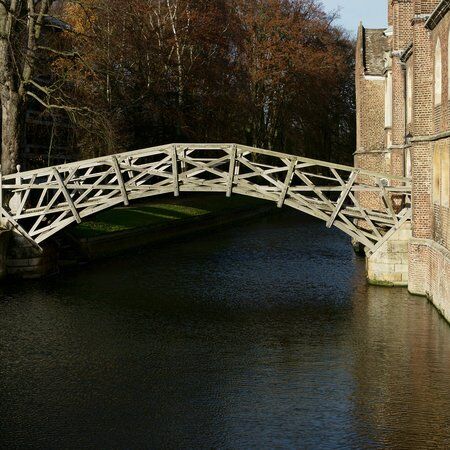
Despite undergoing reconstruction in 1866 and 1905, the 50 ft bridge has maintained its original and unique design. As a superior example of English carpentry it was designed to create the illusion of an arch while being entirely composed of straight timbers. This was achieved by using a tangent-and-radial design featuring tangential beams set along the arch's curve and radial beams intersecting at regular intervals.
This incredible feat of engineering earned it the nickname "The Mathematical Bridge" in guidebooks dating from 1803. The bridge's enduring allure is highlighted by a replica constructed near Iffley Lock in Oxford in 1923.
Preserving the Mathematical Bridge
By the mid-19th century Mathematical Bridge faced inevitable decay and maintenance challenges. Thankfully its tangent-and-radial trussing design allowed for easy replacement of damaged beams without disassembling the entire structure, limiting tension and compression.
Initially crafted from oak, the bridge underwent successive renovations in 1866 and 1905, addressing decay and structural issues. In 1866, the bridge's deck was altered to change the stepped-access to the sloped set up that still exists today. But 1905 necessitated an entire rebuild.
William Sindall, who led the rebuild, not only switched the wood to teak but also introduced enhancements like visible coach bolts and a discreet handrail, adapting the bridge to address contemporary needs. The process involved digging the river bank, levelling the surroundings, and using green turf to enhance the aesthetics.
Our Thoughts…
While Newton did have a hand in designing other structures at Cambridge, the Mathematical Bridge was neither designed nor built by Sir Isaac Newton, and its construction definitely required the use of nuts and bolts.
Discover More of Cambridge With CityDays
Ready to discover more of what Cambridge has to offer?
CityDays have a brand new treasure and scavenger hunt in Cambridge, which combines the fun of an escape room with the historic facts and whimsical trivia of a walking tour!
Take the stress out of planning your visit to Cambridge and book your adventure today!
Not visiting Cambridge this time? Don’t worry, you’ll find us all over the world.
